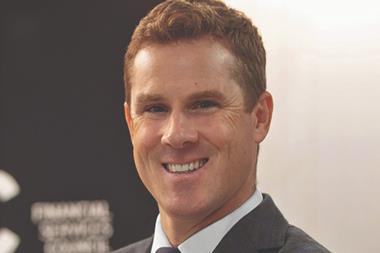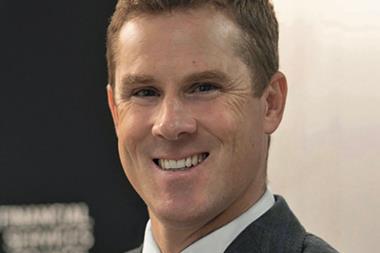Industry leader Martin Fahy said Australia cannot expect to regulate its way to better outcomes from its superannuation industry through an overly zealous focus on short-term investment performance.
Fahy, chief executive officer of the industry’s peak body, the Australian Superannuation Fund Association (ASFA), spoke at ASFA’s 2019 conference this week that a focus on regulation was more likely to detract from than to enhance net performance within the system.
“I would argue that superannuation is currently in the grip of a contagious false narrative, which risks undermining the retirement outcomes of Australians,” he said.
The irony, he intimated, was that the Australian superannuation system was universally regarded as a benchmark, and an excellent example for global pension industry leaders to follow as they looked to progress their own pension industries.
According to the most recent Organisation for Economic Co-operation and Development (OECD) report, Australia has “about the best investment returns and lowest costs charged to fund members in the world”, he noted.
The OECD ranked Australia as the top performing country over a five-year period, and second best after Canada over 15 years, returning 6.7% and 4.7%, respectively.
“So how can it be that, locally, our system has so many detractors, despite all evidence to the contrary?” asked Fahy. “Others want to emulate us, yet we find ourselves in a deep malaise that is proving difficult to shake.”
Australia is to hold yet another inquiry into its superannuation industry, the recently-announced Review of the Retirement Income System.
“If the review is to fully deliver on its aspiration to establish a single source of truth, then it should place into the public domain the all-important Model of Australian Retirement Incomes, (MARIA)” he said.
Otherwise, “the contagious false narrative will continue to permeate debate and hold us all back”.
Fahy said Australia had to move beyond a fractious debate on adequacy and contribution rates and focus on the next chapter of the unfinished superannuation story.
That chapter would see large pools of patient responsible pension capital that had the potential to address many of Australia’s most pressing issues.
Among these was the challenge of creating liveable cities in the face of growing urbanisation.
“Superannuation has the potential to address the vexed issue of how we develop the necessary infrastructure, and specifically what role private capital should play in the development of transport, energy, real estate, and health and education infrastructure,” he added.
Private capital had a role in creating social spaces, and as large pools of capital competed to be deployed into these in low yield environments, there was an opportunity for governments to embark on the infrastructure projects needed for liveable cities.












No comments yet